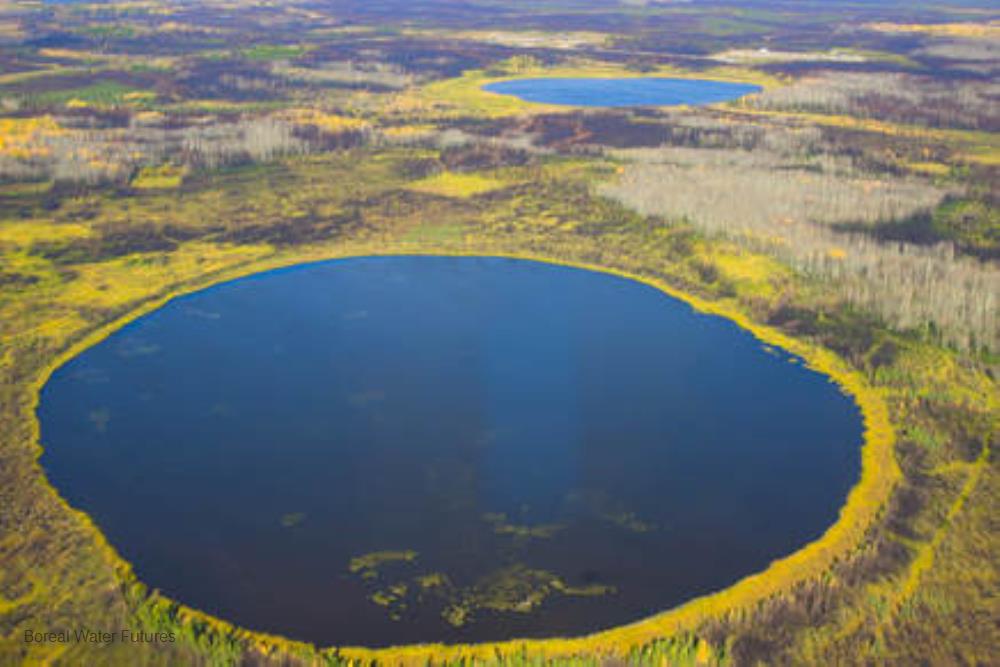
Related items loading ...
Section 1: Publication
Publication Type
Conference Poster
Authorship
Cebulski Alex, Pomeroy John
Title
New Observations on the Influence of Forest Structure on Sub-canopy Snow Accumulation
Year
2022
Publication Outlet
AOSM2022
DOI
ISBN
ISSN
Citation
Alex Cebulski, John Pomeroy (2022). New Observations on the Influence of Forest Structure on Sub-canopy Snow Accumulation. Proceedings of the GWF Annual Open Science Meeting, May 16-18, 2022.
Abstract
Melt of the seasonal snowpack is the most important source of runoff and streamflow for most of western Canada, providing the largest water resource for this region. Snowfall is subject to redistribution by wind, gravity and vegetation and phase change by sublimation and melt before it accumulates in the seasonal snowpack. As a result, estimates of snowpack accumulation are spatially variable and uncertain and stand to be improved through additional detailed observations of snow redistribution processes. Here, observations and preliminary analysis of snow interception processes collected from the 2021/22 winter field season at Fortress Mountain Research Basin proximal to Kananaskis, AB (115 ° W, 51 ° N, 2100 m asl) are presented. Snow interception was quantified using a weighed tree lysimeter, the difference between open and forested snow water equivalent (SWE) from snow scales and snow surveys, and pre and post storm event LiDAR derived snow depth. Unloading and melt of intercepted snow was measured using sub-canopy snow scales, tipping bucket rain gauges, and time-lapse cameras. Sublimation of intercepted snow was measured using eddy covariance systems located above and below the forest canopy. The partitioning of intercepted snow to the atmosphere through sublimation, to other sites by redistribution and to the sub-canopy snowpack through unloading and melt was assessed under various hydrometric conditions and storm event sizes as a function of forest canopy structure. These observations provide additional insights on snow interception processes and are designed to rigorously re-examine the snow interception, ablation and redistribution processes.
Plain Language Summary
Section 2: Additional Information
Program Affiliations
Project Affiliations
Submitters
|
Alex Cebulski | Submitter/Presenter | alex.cebulski@usask.ca | University of Saskatchewan |
Publication Stage
N/A
Theme
Hydrometeorology, Atmosphere and Extremes
Presentation Format
poster plus 2-minute lightning talk
Additional Information
AOSM2022 First Author: Alex Cebulski, PhD Student University of Saskatchewan Additional Authors: Dr. John Pomeroy


 GWFNet
GWFNet Master
Master Research
Research Map
Map
 Advanced
Advanced . . .
. . .

 Metadata Editor
Metadata Editor
 Record List
Record List
 Alias List Editor
Alias List Editor
 Legacy sites
Legacy sites